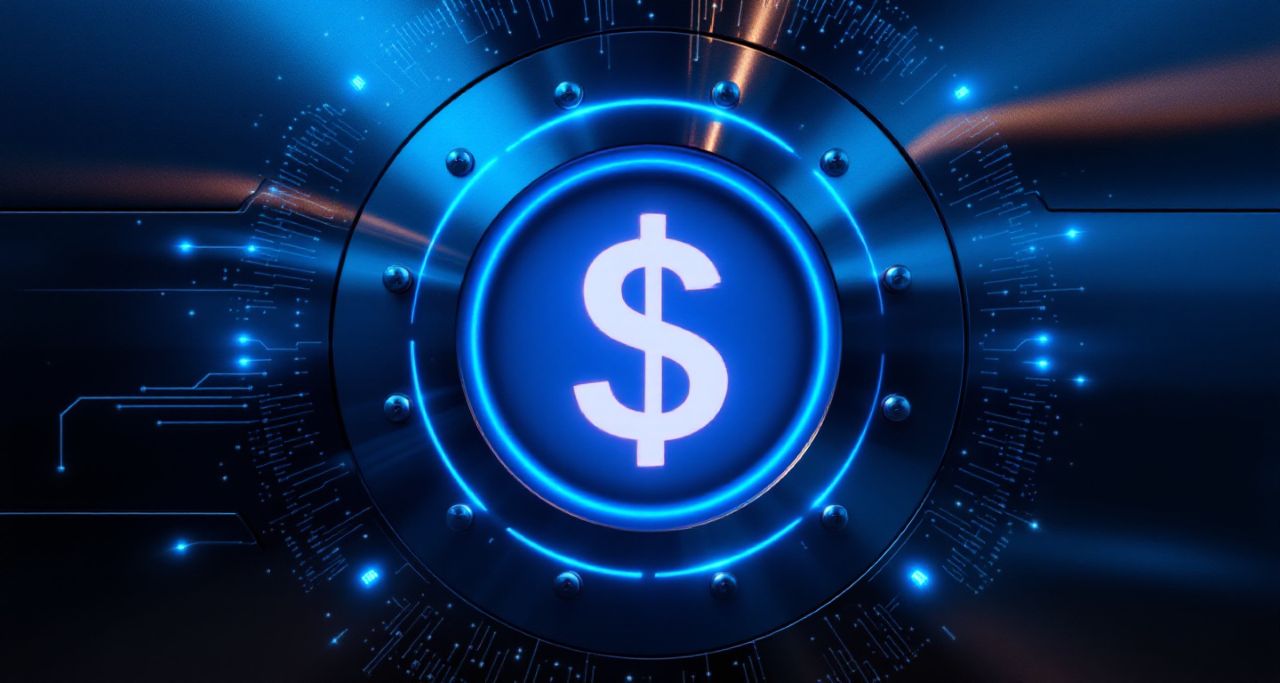
The Dawn of a New Digital Dollar: How America’s Banking Giants Are Quietly Reimagining Money
A Quiet Revolution in the Vaults
If you blinked, you might have missed it: buried beneath headlines about vanishing pennies and the latest crypto scandals, a seismic shift is brewing in the heart of American finance. JPMorgan Chase, Bank of America, Wells Fargo, and Citigroup—names that have defined the old guard of banking—are now quietly collaborating on what could become the most significant transformation of U.S. money in decades: a joint “digital dollar” stablecoin.
This isn’t just another crypto experiment. It’s a calculated move by the country’s largest banks to modernize payments, fend off the relentless advance of crypto-native upstarts, and, perhaps, to finally bring the U.S. dollar into the digital age. The project is still in its early stages, but the implications are enormous, both for Wall Street and for anyone who’s ever swiped a debit card or waited days for a check to clear.
Why Now? The Penny Drops
The timing is no accident. The U.S. Treasury recently announced it will stop producing pennies by 2026, a symbolic end to the era of physical change. The penny, which now costs four cents to mint, has become a money-losing relic, with the government hemorrhaging over $83 million last year just to keep it in circulation. As the last copper coins are phased out, the banks see an opportunity to leapfrog not just coins, but the entire concept of physical cash.
I remember standing in line at a Manhattan deli, watching a cashier fumble with a handful of pennies, and thinking: there has to be a better way. Apparently, the banks agree.
The Stablecoin Blueprint
So, what exactly are these banking giants planning? According to reports from The Wall Street Journal and PYMNTS, the consortium is exploring a stablecoin—a digital token pegged to the U.S. dollar, designed to move seamlessly across existing payment networks like Zelle (run by Early Warning Services, which the banks co-own) and The Clearing House, which already handles real-time payments between banks. The goal: instant, secure, and regulated digital payments that feel as familiar as swiping a card, but with the speed and efficiency of blockchain technology.
Unlike the wild west of crypto, this stablecoin would be tightly regulated, with the banks themselves acting as both issuers and custodians. It’s a far cry from the original crypto ethos of decentralization, but as Bentzi Rabi, CEO of digital asset platform Utila, put it: “Everyone will enter the stablecoin era in the end.”
Regulation: The Final Hurdle
Of course, nothing moves fast in banking—especially when Washington is involved. The future of this digital dollar hinges on regulatory clarity. The Senate is currently debating the GENIUS Act (Guiding and Establishing National Innovation for US Stablecoins), which would create a legal framework for stablecoin issuance by both banks and nonbanks. The bill just passed a key procedural vote, and if it becomes law, it could open the floodgates for Wall Street to fully embrace digital assets.
Bank of America’s CEO, Brian Moynihan, has already signaled the bank’s readiness to launch a fully dollar-backed stablecoin—if and when the rules allow. JPMorgan, for its part, has been quietly piloting its own JPM Coin for internal settlements, while Wells Fargo has tested a dollar-linked digital cash system for cross-border payments.
The Stakes: More Than Just Payments
This isn’t just about making payments faster. It’s about who controls the future of money. For years, crypto firms like Circle, Coinbase, and Paxos have been nipping at the banks’ heels, offering stablecoins and digital wallets that threaten to siphon off billions in transaction fees. With the collapse of FTX and the retreat of crypto-friendly banks, traditional finance saw a chance to reclaim the narrative.
Now, with President Trump back in office and promising to make America a “Bitcoin superpower,” the political winds have shifted. Crypto firms are seeking bank charters, and banks are racing to build their own digital rails. It’s a high-stakes game of leapfrog, with the winner poised to define how Americans move, spend, and store their money for decades to come.
A Personal Take: The End of Waiting
As someone who’s spent too many hours waiting for wire transfers to clear or for a check to post, the promise of instant, bank-backed digital dollars feels almost too good to be true. But it’s also a reminder: the future of money isn’t just about technology. It’s about trust, regulation, and the willingness of old institutions to reinvent themselves before someone else does it for them.
If the banks pull this off, the next time you pay for coffee, you might not just be using a card or a phone—you could be spending a digital dollar, minted not by the government, but by the very banks that once defined the analog age.
